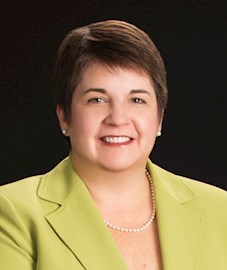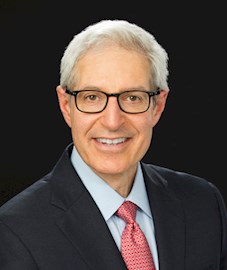Federal Circuit’s In re Cellect Decision Deals Blow to Patent Term Adjustment
The US Court of Appeals for the Federal Circuit’s recent decision in In re Cellect confirmed that, when considering whether a reference patent invalidates for obviousness-type double patenting (ODP) a patent having a term that extends beyond the 20-year statutory term – for example, from patent term extension (PTE) or patent term adjustment (PTA) – the determination of which patent expires later must take into account whether the term extension arises from PTE or PTA. The Federal Circuit had previously held that, where the patent has received PTE, its expiration date used for the ODP analysis is the patent’s expiration date before the PTE has been added.1 In Cellect, the Federal Circuit determined that, if the patent’s extended term is due to PTA, the expiration date after the PTA has been added should be used.
Cellect owns a family of patents, four of which were asserted and subsequently subjected to ex parte reexamination. The examiner rejected those four challenged patents for being invalid due to ODP over a reference patent. The reference patent is another member of the patent family. Because the challenged patents and the reference patent all derived from a common ancestor, absent any PTA, each of the patents would have expired on the same day. However, each of the challenged patents, which claimed subject matter that was deemed patentably indistinct and not entitled to any safe harbor protections under 35 US Code §121, had PTA, whereas the reference patent did not. As a result, each of the challenged patents had an adjusted expiration date that was later than that of the reference patent.
The Patent Trial and Appeal Board (PTAB) sustained the examiner’s determination of unpatentability under ODP. In its decision, the Federal Circuit affirmed the PTAB’s determination that claims of the challenged patents were unpatentable for ODP over the patentably indistinct claims of the reference patent. According to the Federal Circuit, any PTA-based extension past the reference patent’s expiration date (in this case, the 20-year statutory term) “constitutes an inappropriate time-wise extension for the … claims of the challenged patents.”
Next steps
Going forward, patentees should understand that, for commonly owned patents and non-commonly owned patents naming a common inventor, it is likely a challenger would use the earliest-expiring patent of a patent family as an ODP reference against all other patents in the patent family (especially the later-expiring ones). Therefore, in some cases, it may be desirable to file one or more terminal disclaimers in patent families whose earliest-expiring member is about to expire to avoid having it used as a reference to invalidate for ODP patent family members that have PTA and expire later.
In addition, patent practitioners should carefully weigh the pros and cons of prosecution strategies that rely on filing multiple continuation patents to pursue subject matter that might be considered patentably indistinct. Where appropriate, divisional applications should be used to pursue any disclosed subject matter that is not at risk of being considered patentably indistinct – for example, subject matter “restricted out” from the reference patent in response to a restriction requirement issued by the US Patent and Trademark Office. Here, steps should be taken to ensure that proper consonance is maintained between restricted/elected subject matter and that the claims pursued in later divisional application to meet the safe harbor requirements under 35 USC 121. Likewise, to the extent possible, patent practitioners should consider drafting patent applications in ways where the invention(s) fall into patentably distinct groups and/or that are designed to provoke a restriction requirement.
Finally, because is likely that Cellect will file a petition for rehearing, a request for rehearing en banc, and/or a petition for certiorari at the US Supreme Court, Cooley will continue to monitor developments in this case. Please reach out to a member of your Cooley team if you have any questions.
Notes
- See Novartis AG v. Ezra Ventures LLC, 909 F.3d 1367 (Fed. Cir. 2018); Merck & Co. v. Hi-Tech Pharmacal Co., 482 F.3d 1317 (Fed. Cir. 2007).
This content is provided for general informational purposes only, and your access or use of the content does not create an attorney-client relationship between you or your organization and Cooley LLP, Cooley (UK) LLP, or any other affiliated practice or entity (collectively referred to as “Cooley”). By accessing this content, you agree that the information provided does not constitute legal or other professional advice. This content is not a substitute for obtaining legal advice from a qualified attorney licensed in your jurisdiction and you should not act or refrain from acting based on this content. This content may be changed without notice. It is not guaranteed to be complete, correct or up to date, and it may not reflect the most current legal developments. Prior results do not guarantee a similar outcome. Do not send any confidential information to Cooley, as we do not have any duty to keep any information you provide to us confidential. This content may be considered Attorney Advertising and is subject to our legal notices.



